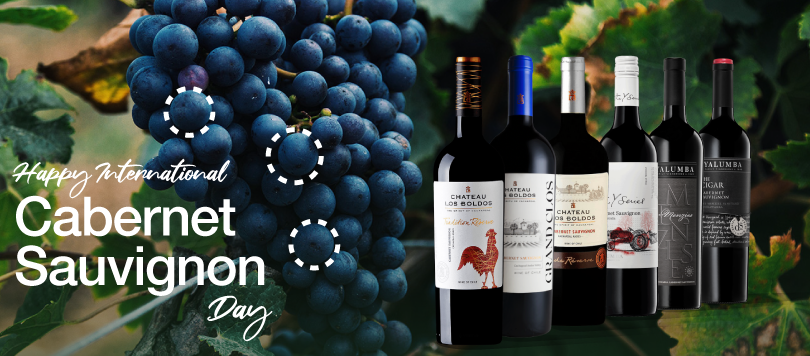
Cabernet Sauvignon is called the "king" of red grapes. Let's try to figure out what is the secret of its popularity all over the world.
Cabernet Sauvignon is the most common technical grape in the world. " Technical " means that wine is made from it, and not consumed fresh. The berries of the variety are small, and the skin is thick, so it is not very pleasant to eat. But in the right, skillful hands, Cabernet Sauvignon can turn into excellent wine: powerful, rich, capable of being stored for a long time and improving its taste over time.
In 2010, according to a study by the University of Adelaide, Cabernet Sauvignon surpassed the Spanish airen in vineyard area and came out on top in the world. There are now about 340,000 hectares of cabernet sauvignon plantings on the globe, half of which were planted in the 1990s and 2000s, mainly in the New World countries (Chile, Argentina, Australia, China).
Harsh vine
Despite its current popularity, “cab”, as the variety is called in the United States, is one of the youngest grape varieties. In 1996, scientists at UC Davis University in California established that Cabernet Sauvignon is a natural cross of two famous parents: Cabernet Franc and Sauvignon Blanc. It was born in the 17th century in the vineyards of Bordeaux.
According to legend, in the 18th century, Baron de Bran, owner of Château Brane-Mouton, the future Château Mouton-Rothschild, and Baron d'Armayac began to plant vines of red grapes known as vidure. It is believed that the name vidure comes from the French vin dure - "harsh, persistent vine." The 18th century is characterized by scientists as the "little ice age", when temperatures in Europe dropped significantly, many vineyards froze out, and they had to look for varieties that were more resistant to cold weather.
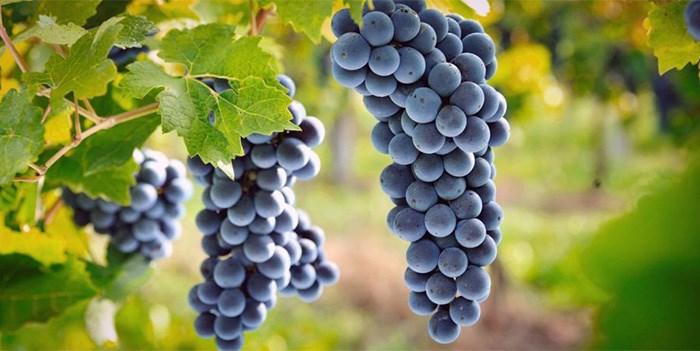
Variety characteristics
But the real heyday of Cabernet Sauvignon began in the late 19th - early 20th centuries, when growers began to restore vineyards after the epidemic of phylloxera - aphids that parasitize the root of the vine and thereby kill it. They planted European vines on American rootstock (stem and roots) resistant to phylloxera, and preferred more unpretentious and frost-resistant varieties.
In Bordeaux, this was the Cabernet Sauvignon. Thick skin makes it less susceptible to fungal diseases, but in a cool Atlantic climate Bordeaux variety does not always ripen fully while retaining “green”, herbaceous aromas of pepper and rough, tough tannins. To avoid imbalance, Bordeaux people create assemblages in which Cabernet Sauvignon is responsible for acidity, structure and color, Merlot for splendor and body, and Cabernet Franc for elegance and aroma.
Cabernet Sauvignon is mainly grown on the warm gravelly soils of the left bank of the Gironde and in Graves, a region that takes its name from the type of local soil. Gravel tends to accumulate heat in the daytime and give it off to bunches at night when the temperature drops. This contributes to a more uniform and long ripening of the grapes. Cabernet Sauvignon is a late ripening variety, so a warm, long autumn is a must for it.
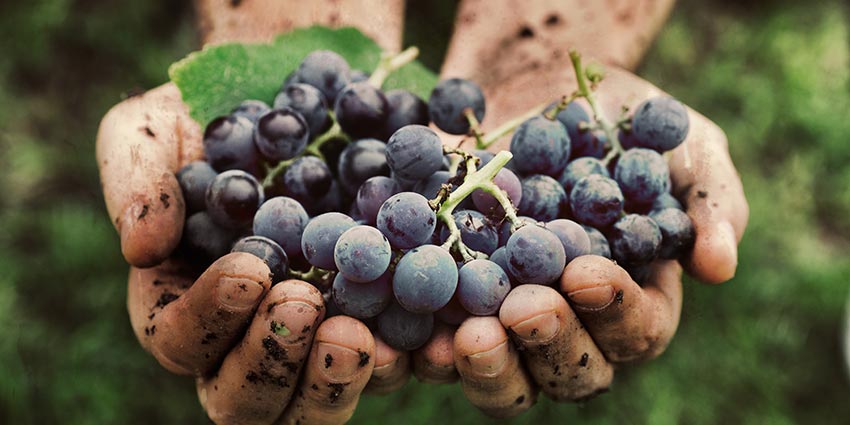
American dream
Another milestone in consolidating the success of the Cabernet Sauvignon on the international stage was the year 1976. On this year, May 24, the famous " Judgment of Paris " took place - a blind tasting battle between the great Bordeaux chateau and Californian upstarts. British wine merchant Stephen Spurrier gathered French wine critics in Paris and asked them to blindly taste 10 red and 10 white wines. In both the white and the red set, Californian wines won. Among the Reds, it was Stag's Leap Cabernet Sauvignon 1973, ahead of the greats Château Mouton Rothschild, Château Montrose, Château Haut-Brion and Château Léoville-Las Cases.
In the 1980s, a phylloxera epidemic hit California, and many vineyards had to be replanted. Grape growers mostly chose Cabernet Sauvignon, so the area planted from 1988 to 1998 doubled. Today, American Cabernet Sauvignons are some of the most expensive wines in the world. Prices for the iconic Screaming Eagle and Harlan Estate, Opus One easily hit the $ 1,000 mark per bottle.
Universal variety
Cabernet sauvignon vines can now be found all over the world, growing both in the cool Okanagan Valley in western Canada and in the arid Bekaa Valley in Lebanon. France continues to lead in planting area with 48,000 hectares, located mainly in the Bordeaux region. The French are followed by the Chileans with 43,000 hectares and the Americans with 41,000. The top six also include Australia, Spain and China.
Cabernet Sauvignon has found recognition in Eastern Europe as well. Today it makes up a significant part of the plantings in the vineyards of Romania and Bulgaria, and, due to its resistance to cold weather, is important for the wine-making industries of Moldova, Ukraine and Russia.
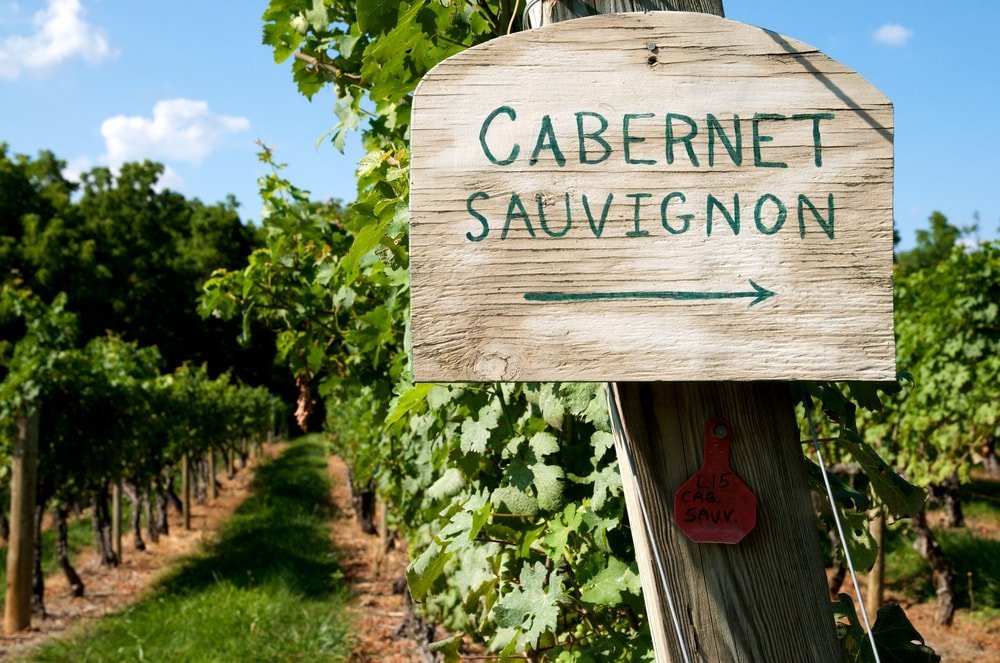
Old vs. New World
Cabernet sauvignon vines were introduced to South America long before the European phylloxera epidemic. Chile is today the only wine-growing country that this attack has never reached, so there you can find cabernet sauvignon on its own roots, and not on an American rootstock, as in other regions.
Although Chile is mainly known in the world for its affordable and fruity wines, it also produces wines that can compete in quality with the world's giants. So, in 2004, Eduardo Chadwick, a descendant of the famous Chilean wine-making dynasty, recognized in 2018 as the man of the year by Decanter magazine, decided to repeat the success of the Paris Judgement, replacing Californian wines with Chilean wines.
The super-Chilean Viñedo Chadwick and Seña were opposed by the Bordeaux Château Margaux, Château Latour and Château Lafite-Rothschild, as well as the super Tuscan Solaia. Cabernet Sauvignon dominates in the assemblage in all these wines, while in Viñedo Chadwick he performs solo at all. Chadwick's expectations came true, and in the blind tasting, as in 28 years before, New World wines won, and Chilean winemaking began to be taken seriously.
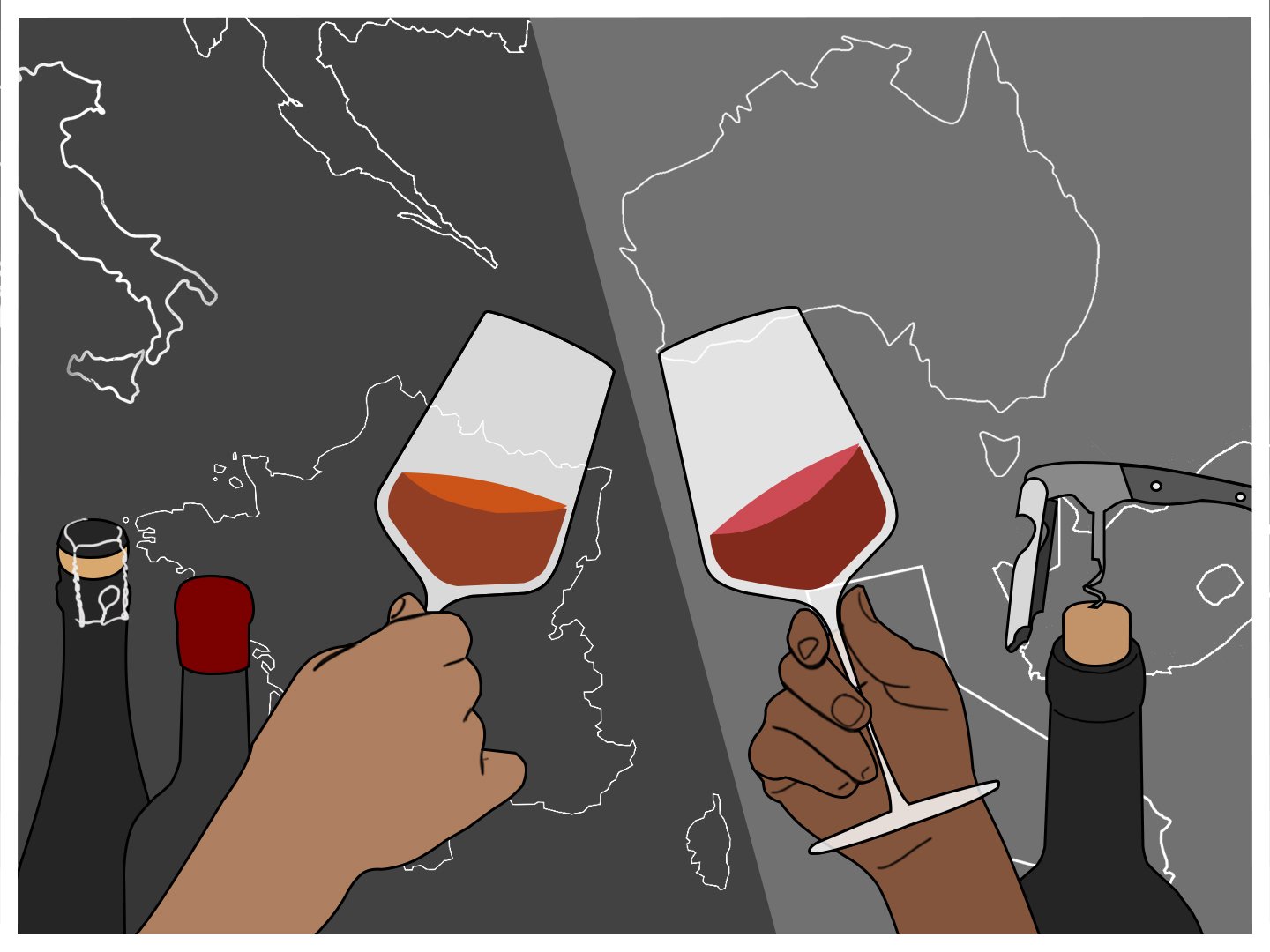
Threats
Climate change poses major challenges for the wine industry. And while growers from cooler zones enjoy more even ripening of berries, in hot regions such as California, winemakers are already sounding the alarm . Generally higher average annual temperatures, increased forest fires, prolonged periods of drought and unpredictable weather are increasingly damaging production.
Cabernet sauvignons from the Napa Valley, where the variety is the main one and accounts for more than 65% of the plantings, already easily take the bar at 15% alcohol. Wines are becoming heavier and richer, and consumers are often looking for an elegant, fruity wine that is pleasant and easy to drink. Time will tell what answer to this challenge will come up with. The good thing is that we can still enjoy aged Cabernet Sauvignon wines, created at a time when climate change was not so acute.
The incredible vitality of the variety allows great samples to evolve in a bottle for 30-40, or even more, years, enriched with shades of aroma and nuances of taste. Old vintages smell of undergrowth, mushrooms, cigar box and pencil lead, and after prolonged aeration, they open with notes of ripe black currant, prunes and fruit pie.


